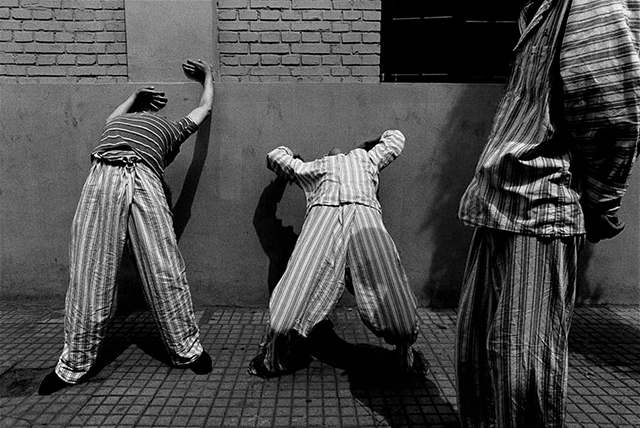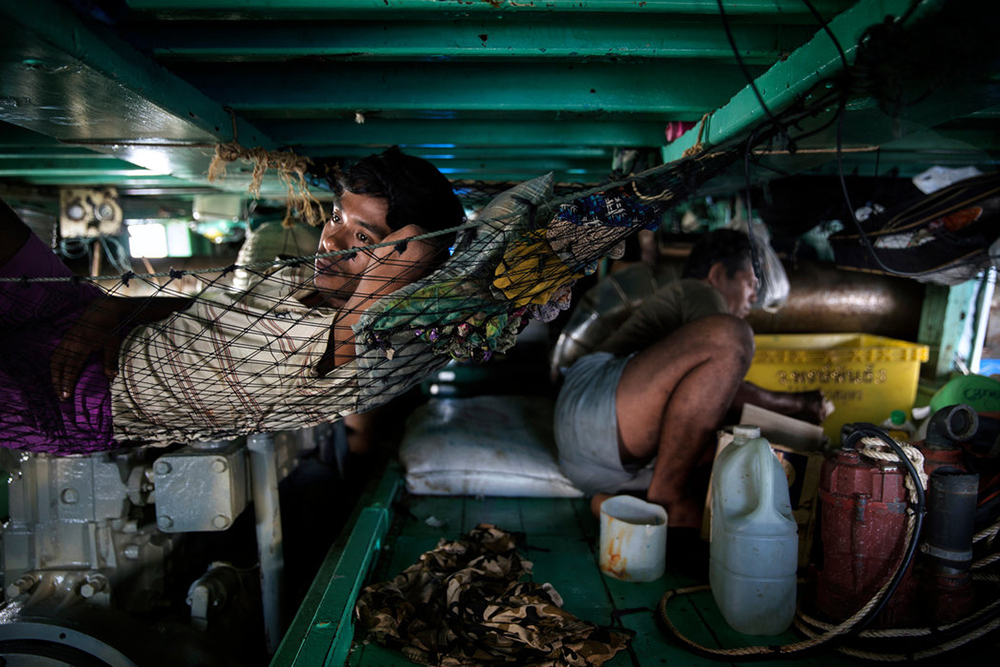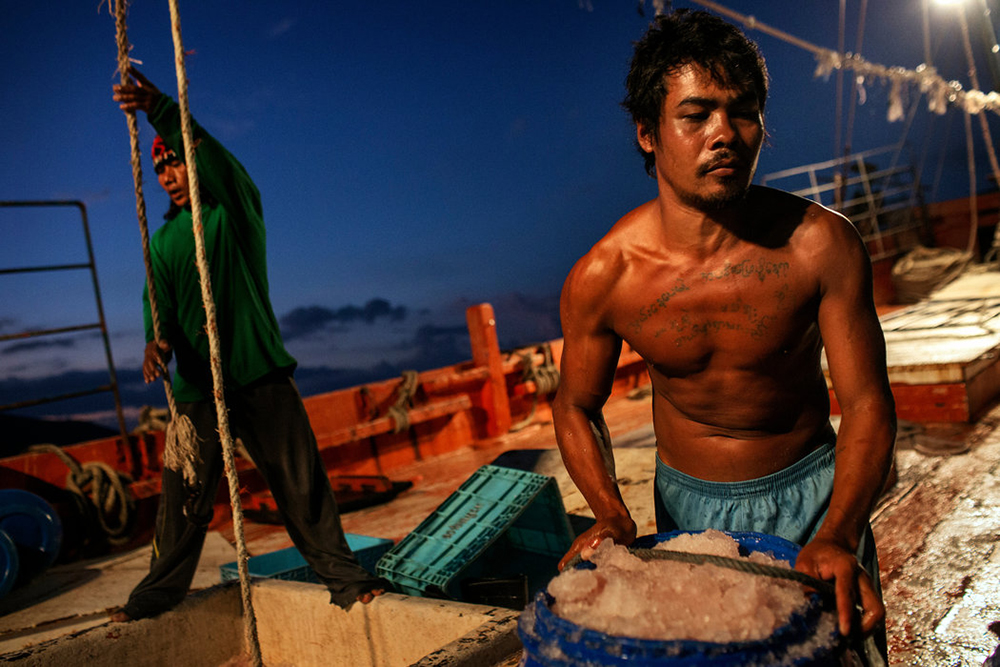
The pictures below offer a journey towards humanistic ideals and the refinement of documentary photography. Member of the prestigious international cooperative Magum Photos, Lu Nan 呂楠 (born in 1962 in Beijing) is one the many independent documentary photographers in China who turned their cameras onto marginalized people from the late 1980s onwards.

His pivotal series started in 1989 with “The Forgotten People: The Condition of China’s Psychiatric Patients.” Pursing his intentions to document Chinese people from the margins of society, his subsequent series captured members of the Catholic Faith (“On The Road: The Catholic Faith in China”, 1992-1996), peasants’ life in Tibet (“Four Seasons: Everyday Life of Tibetan Peasants”, 1996-2004), and prisoner’s conditions (“Prisons of North Burma”, 2006).
See more on:
http://shanghaiist.com/2015/07/31/photography_friday_lu_nan.php
View more of Lu Nan’s work at Photography of China and visit Lu’s profile on Magnum Photos here.
Photography Friday is a regular feature from Shanghaiist in association with Photography of China, Marine Cabos’s fantastic trilingual blog about photography and photographers in China.





